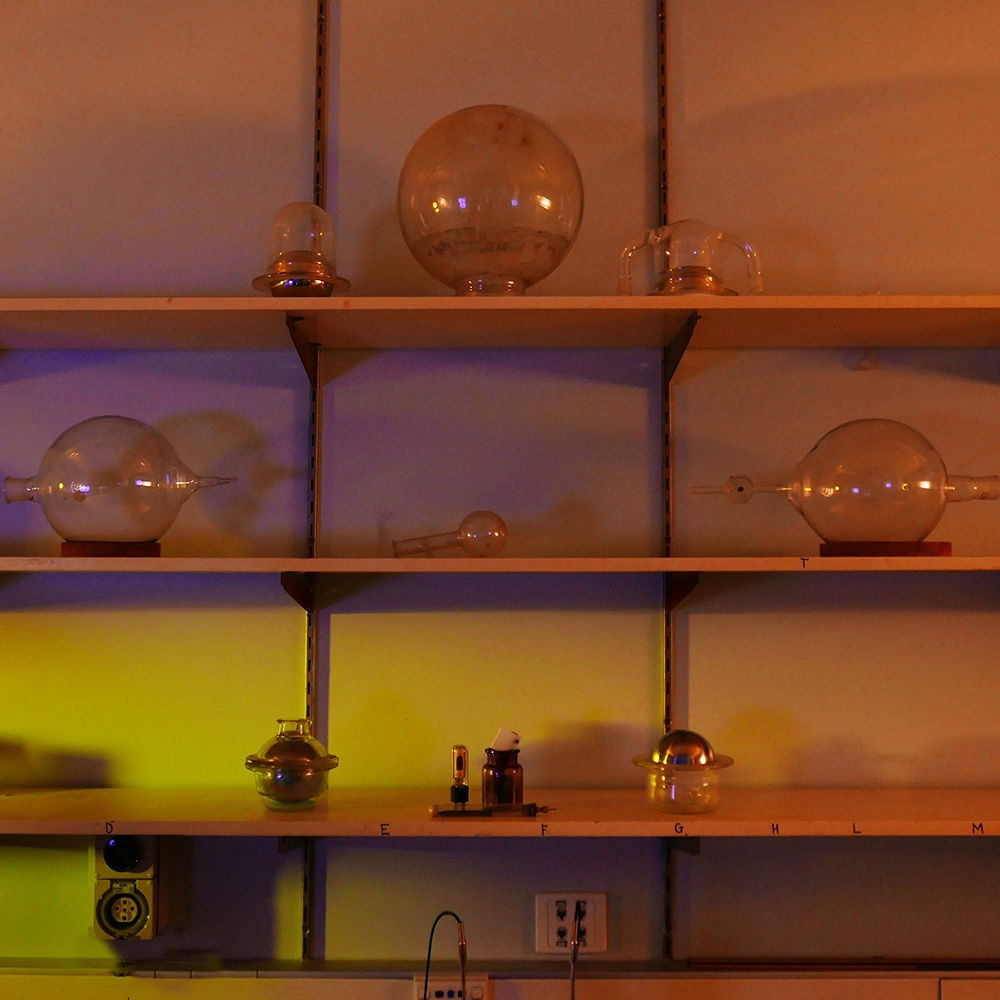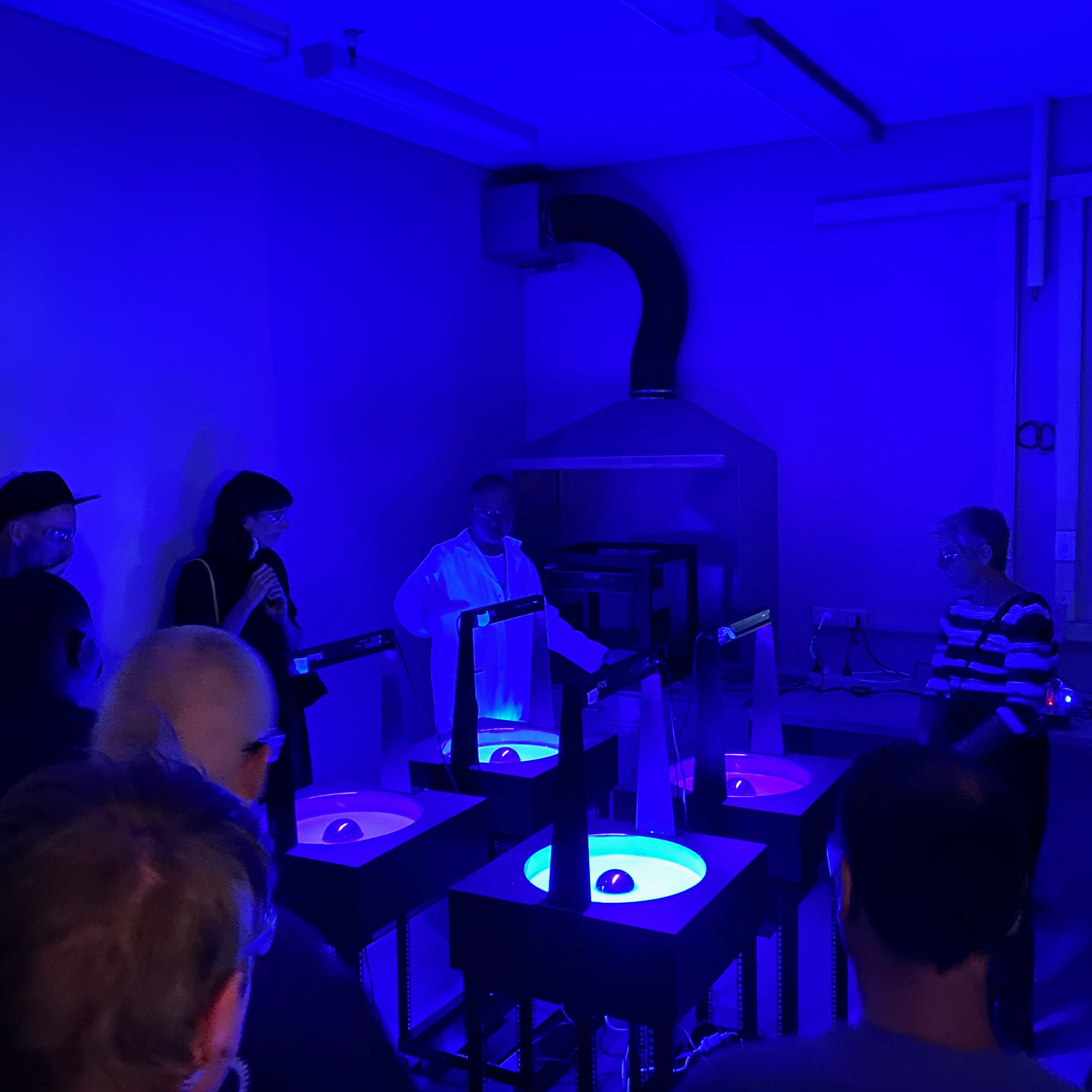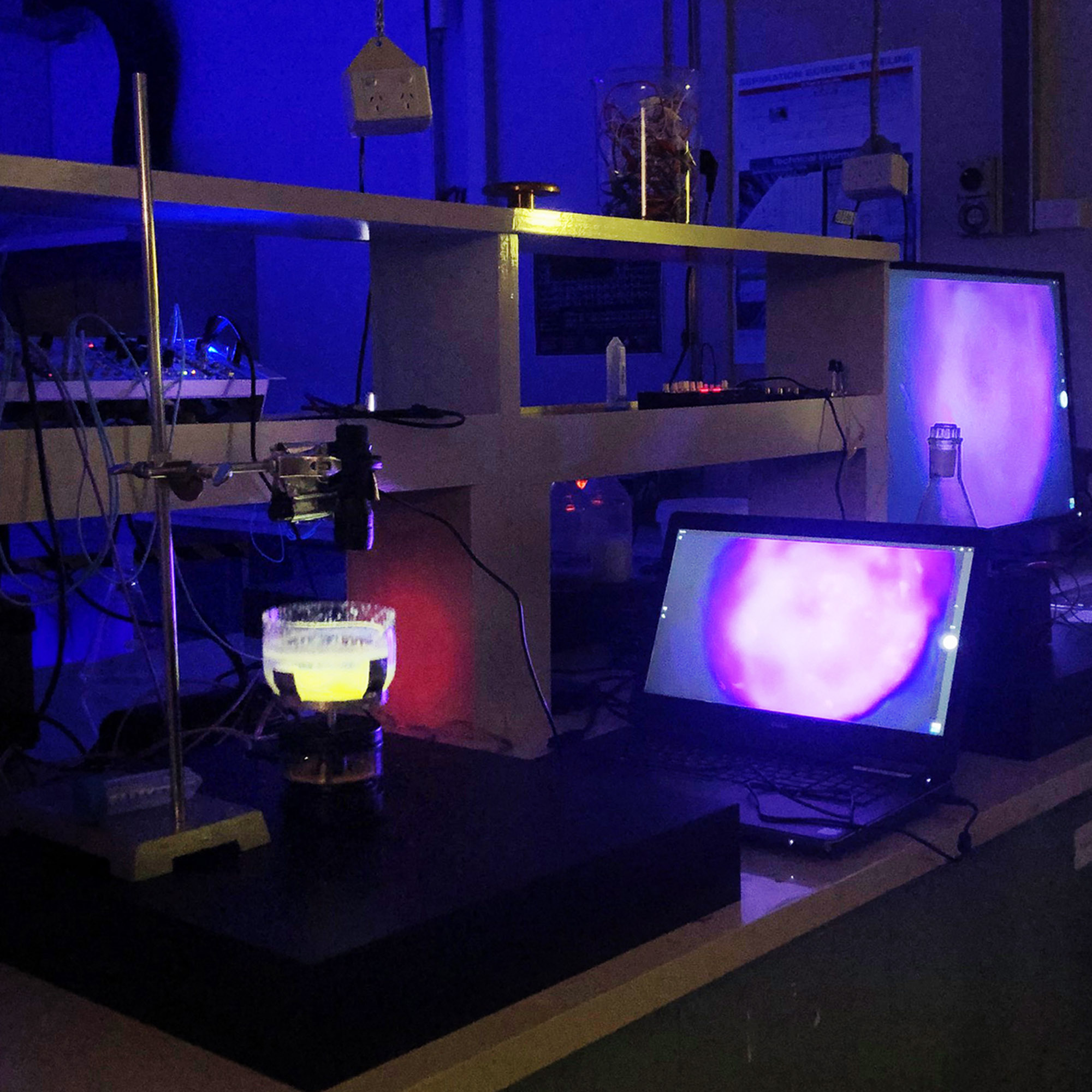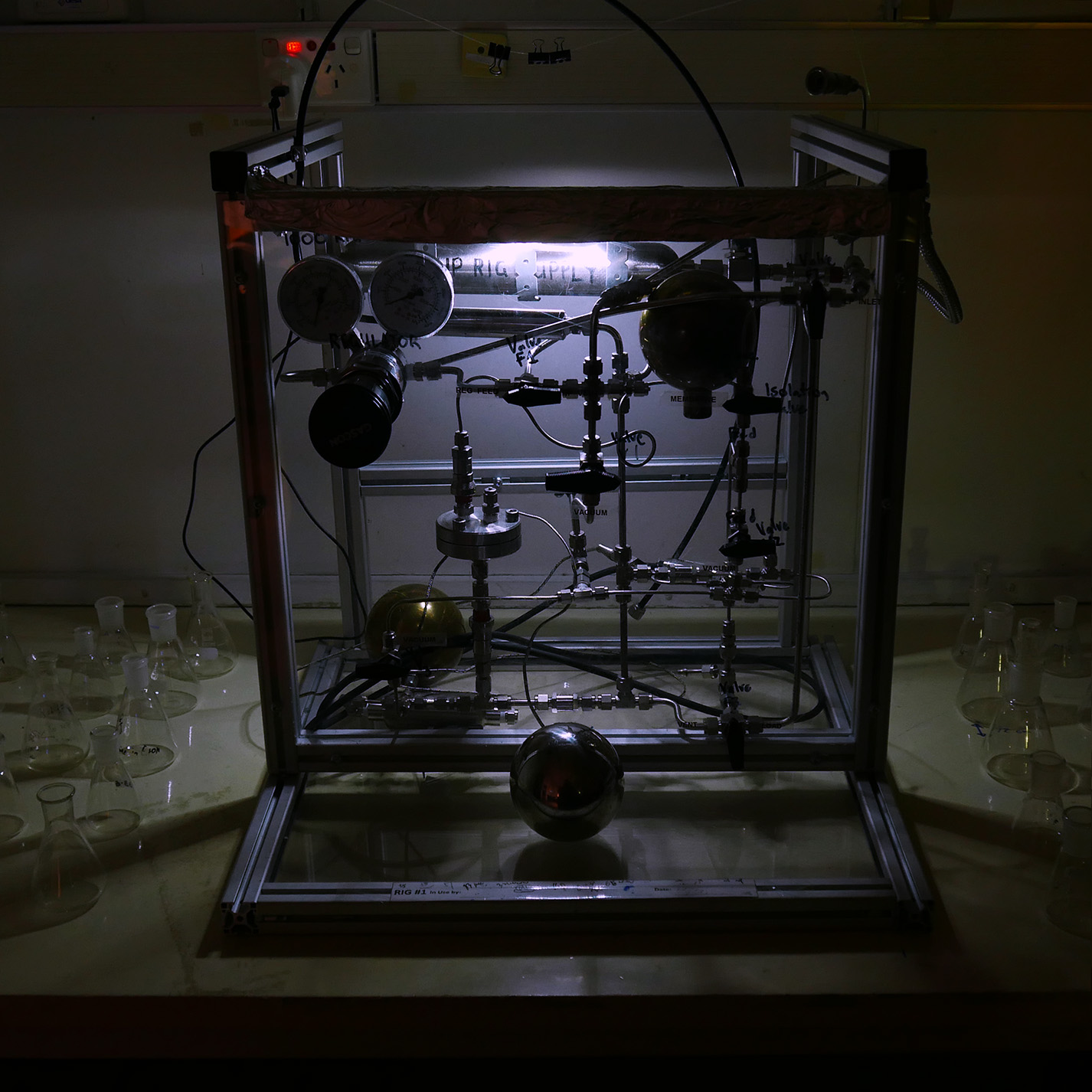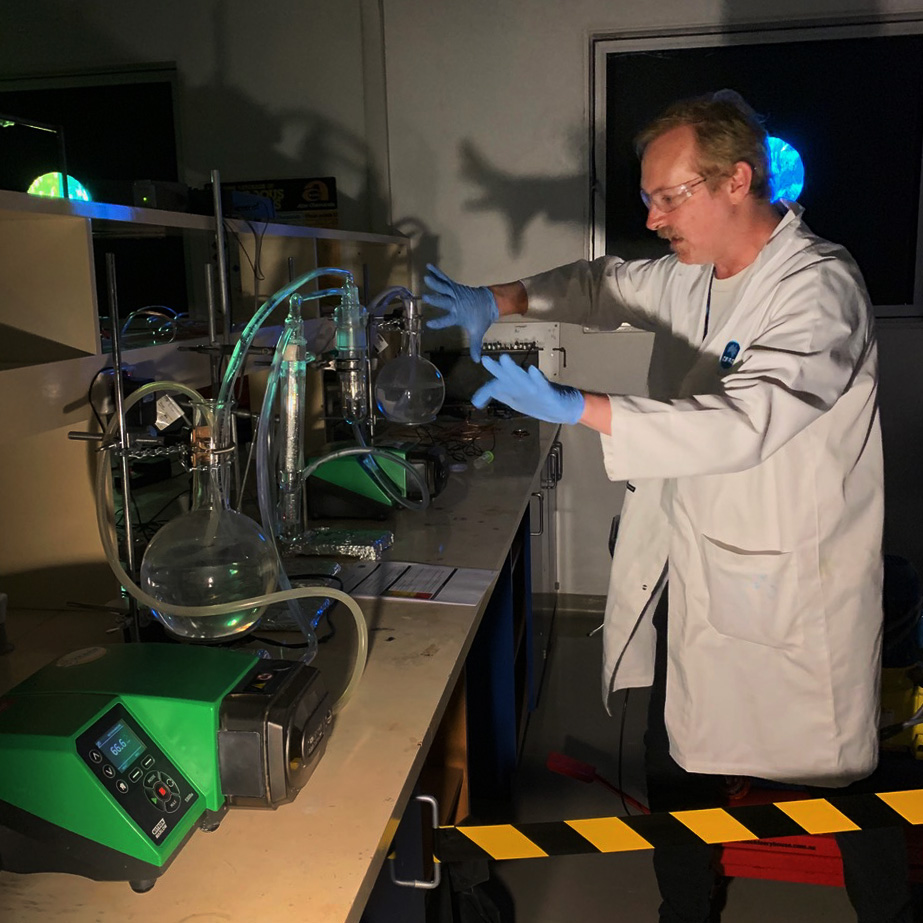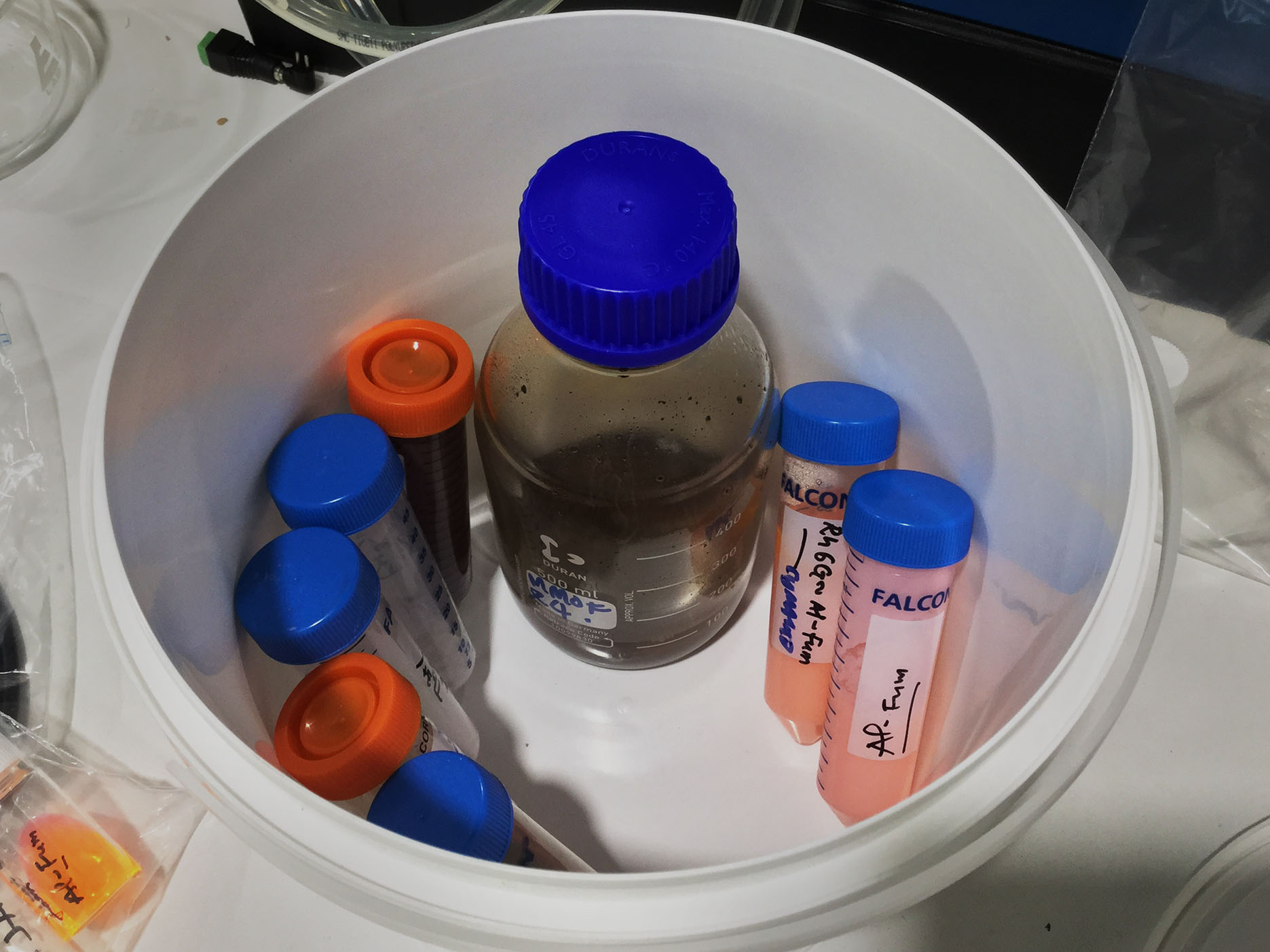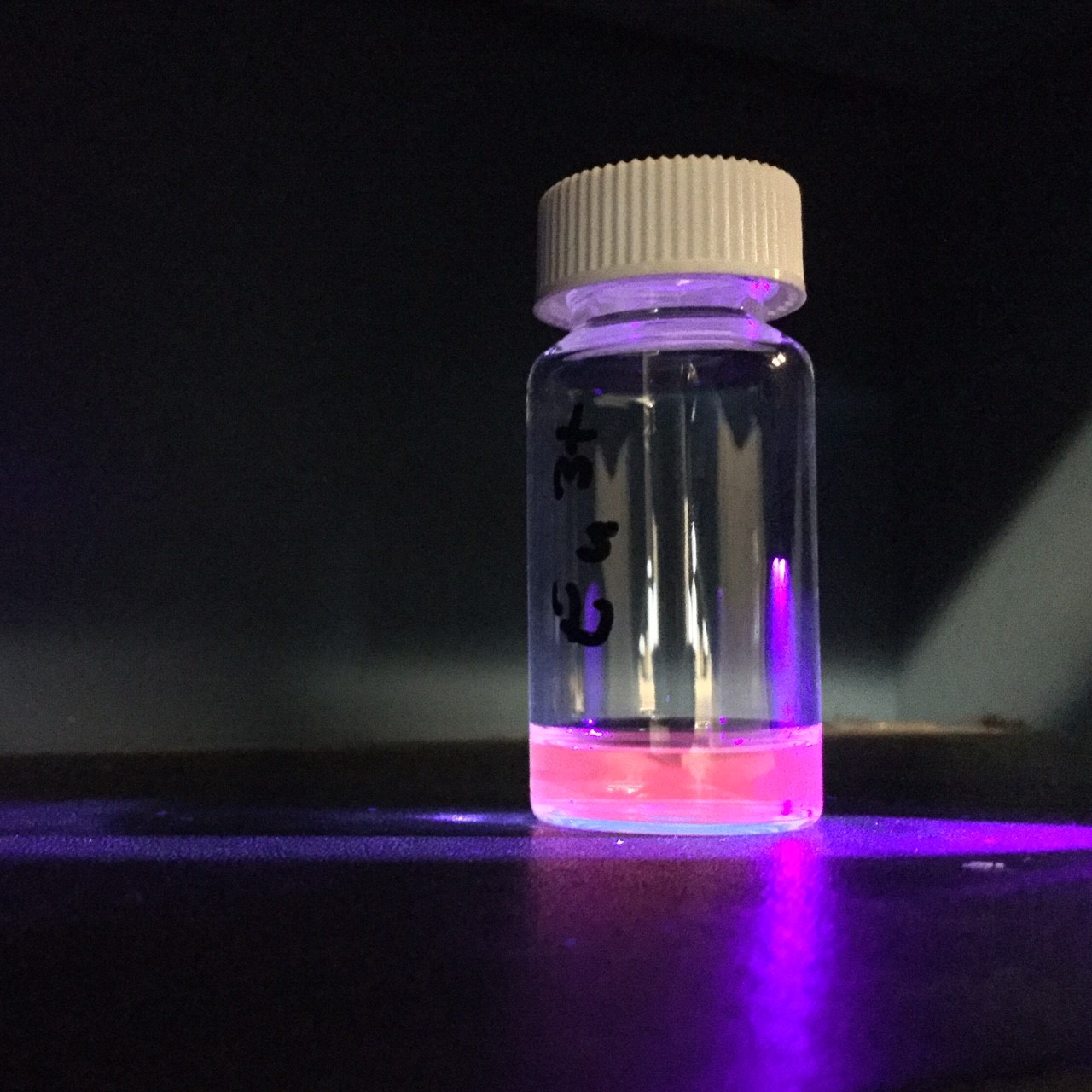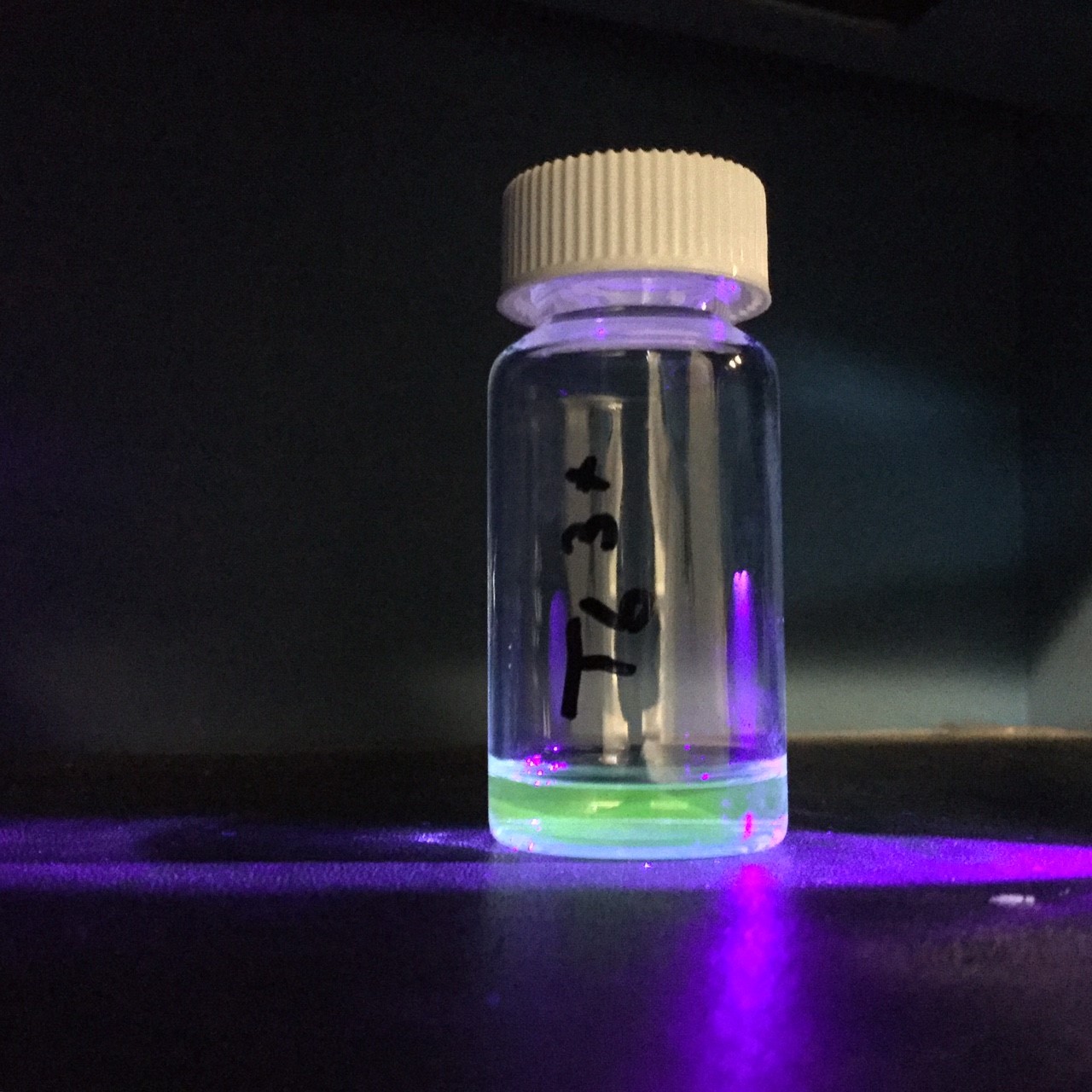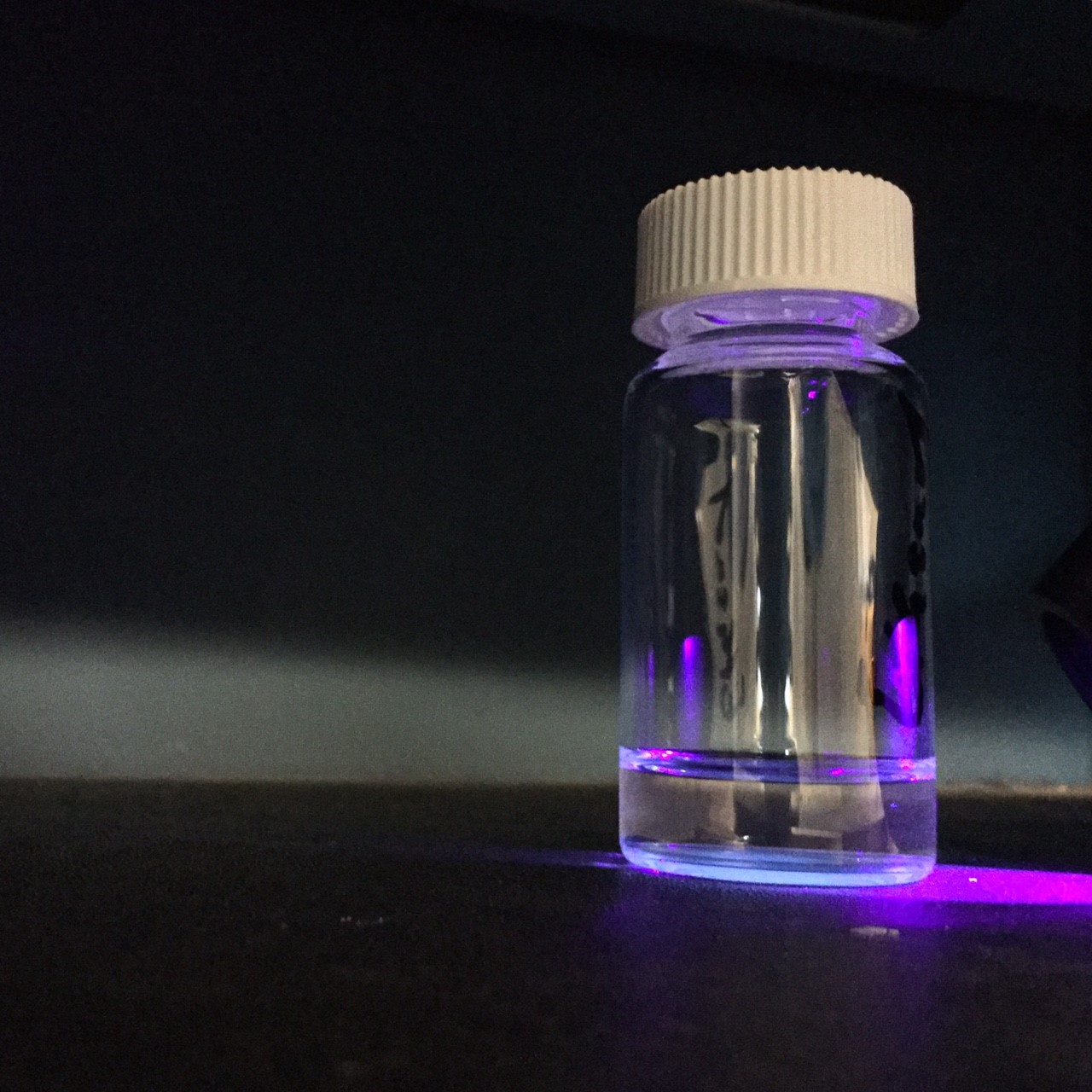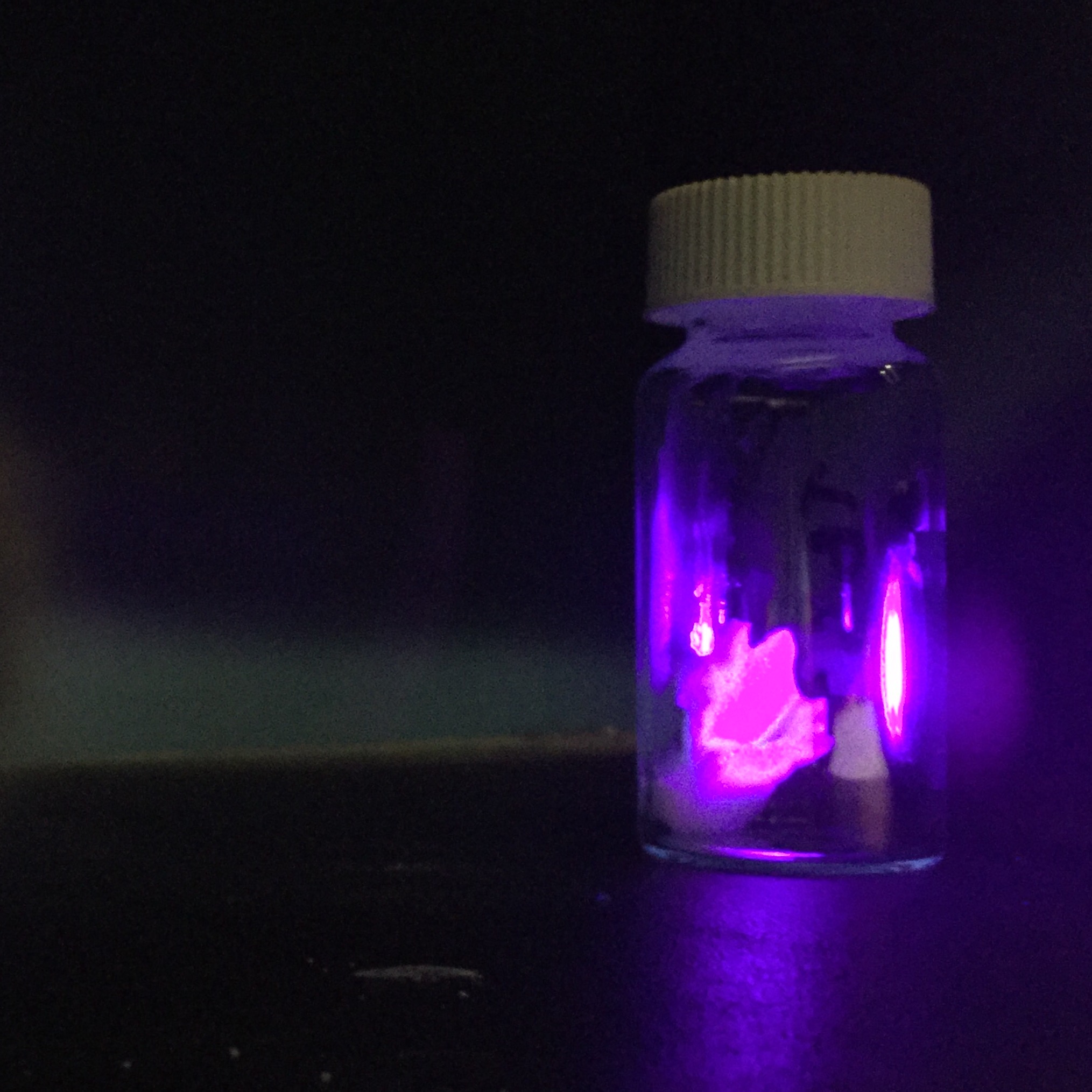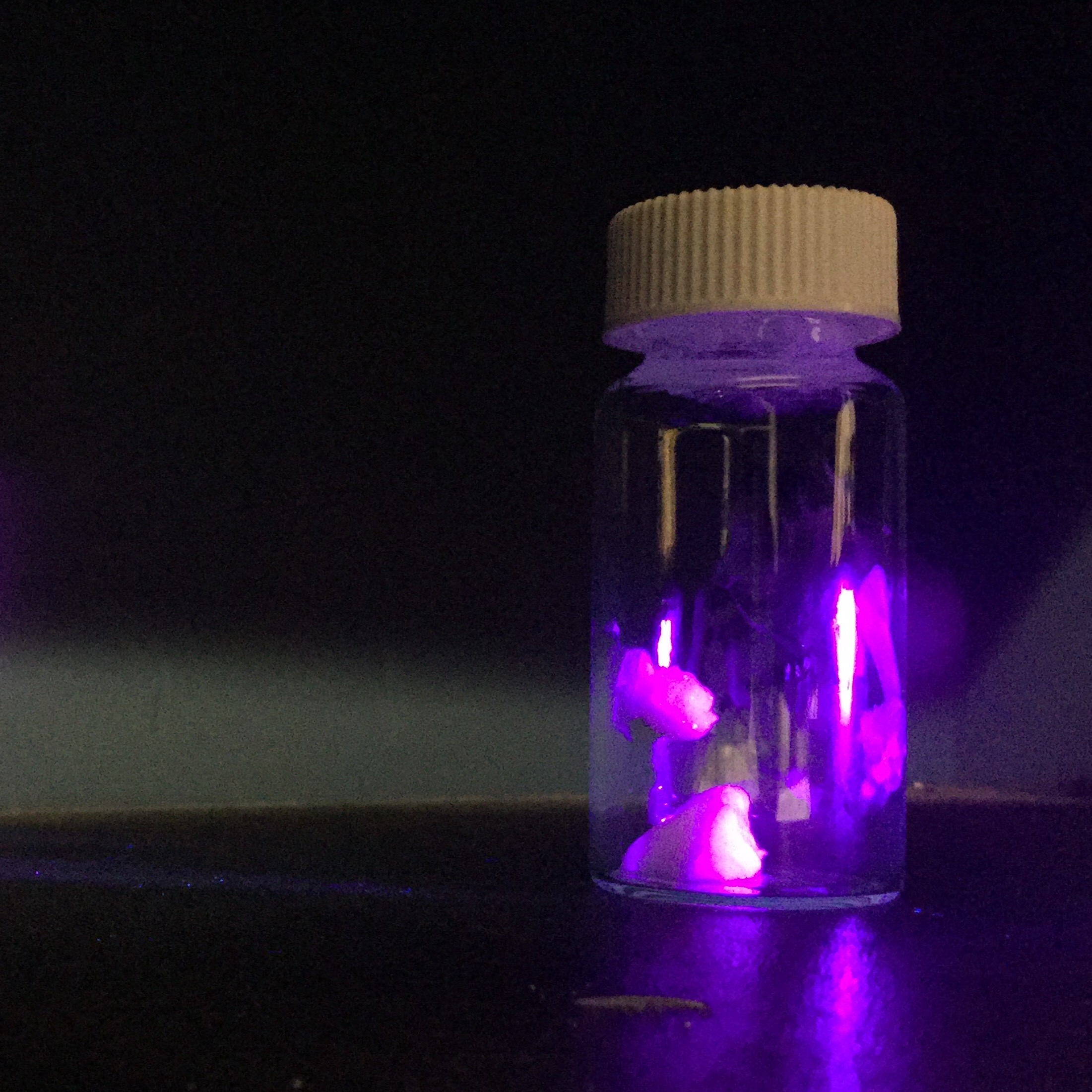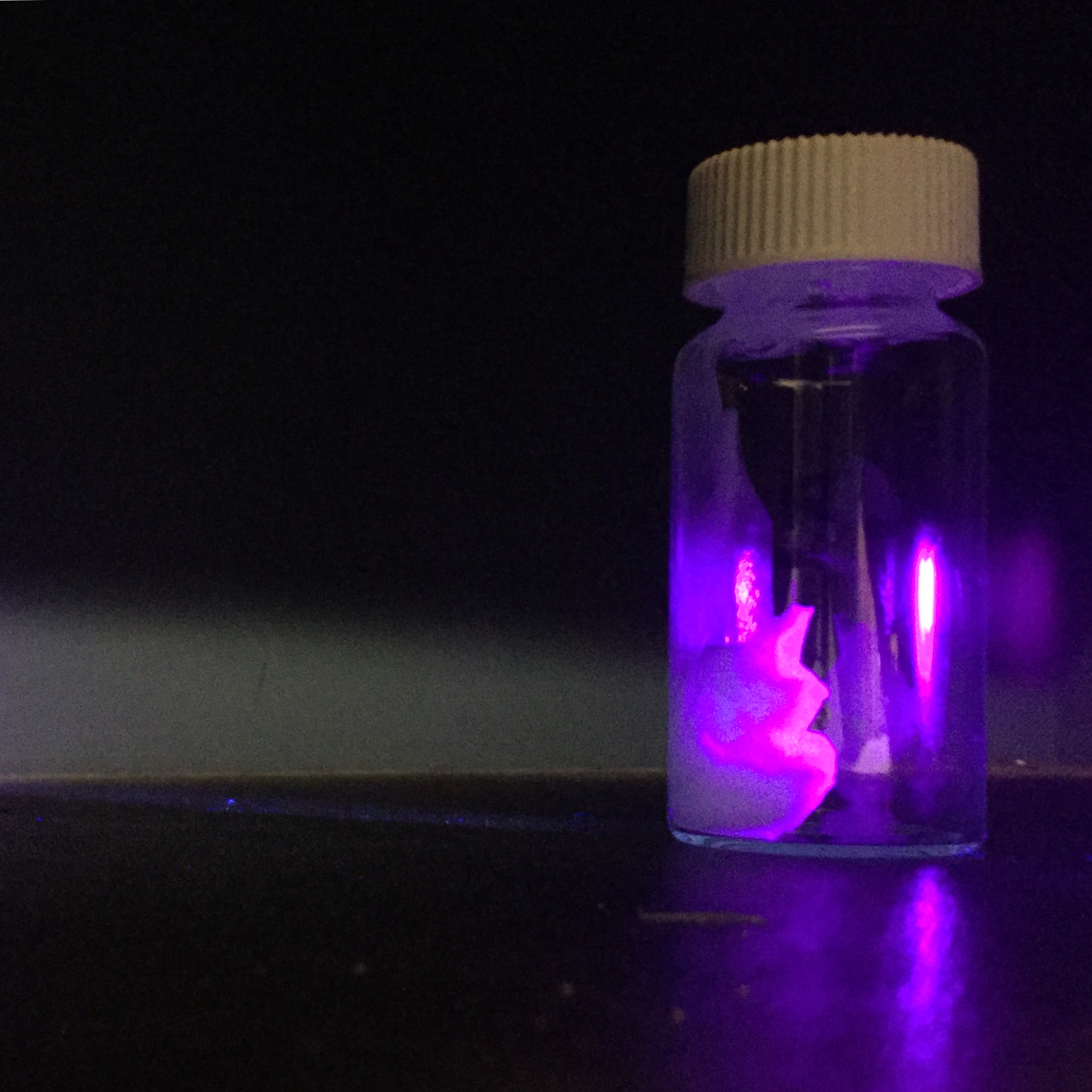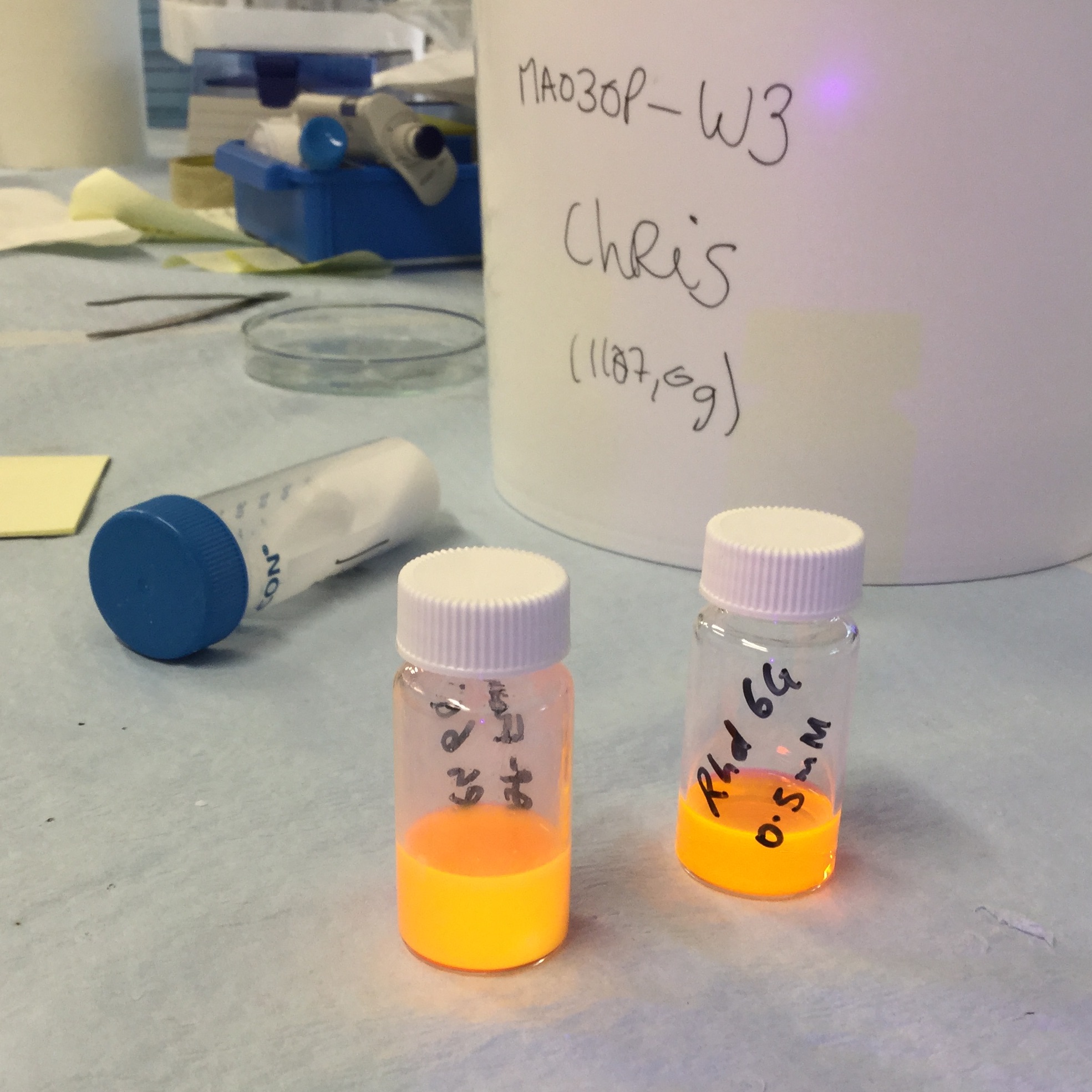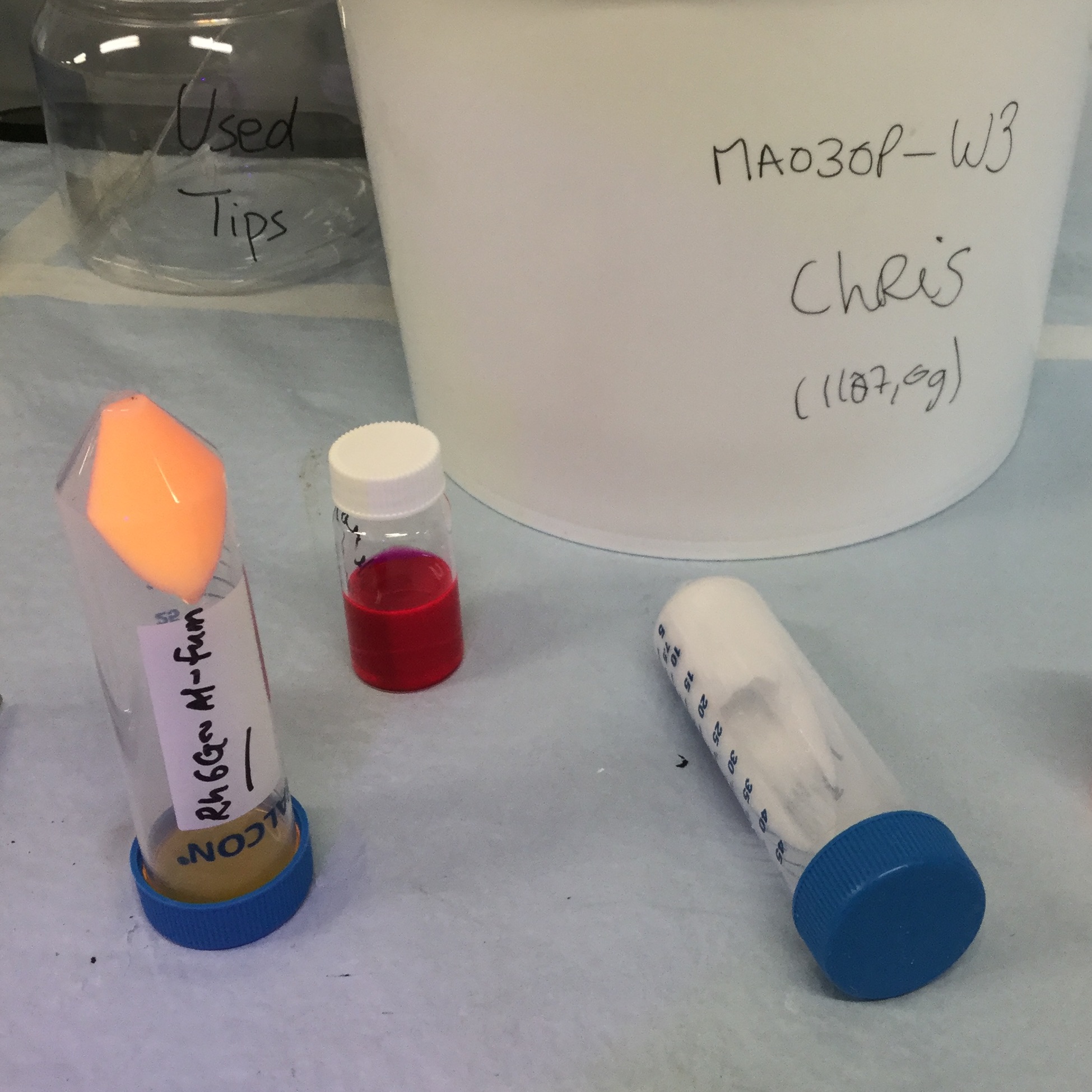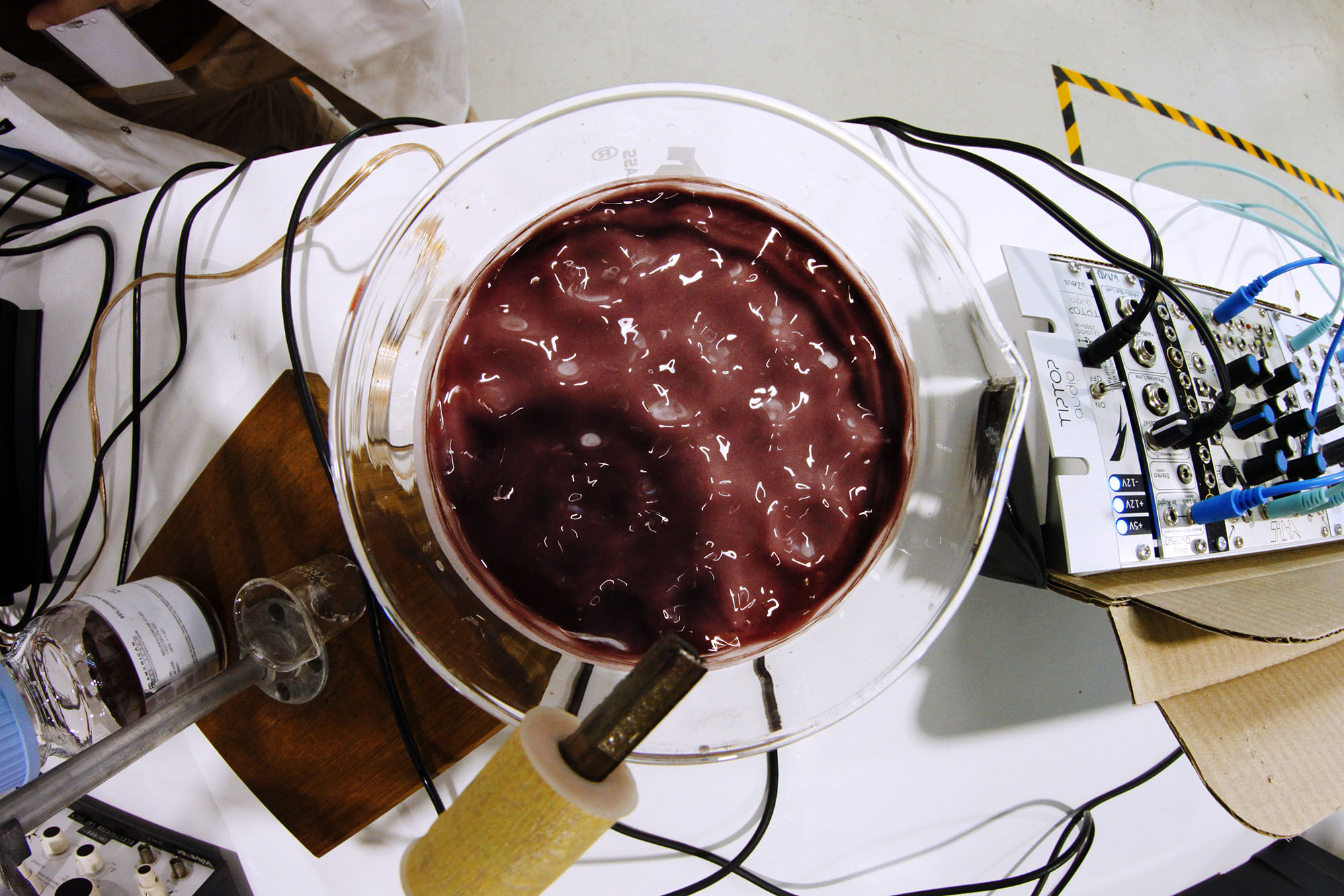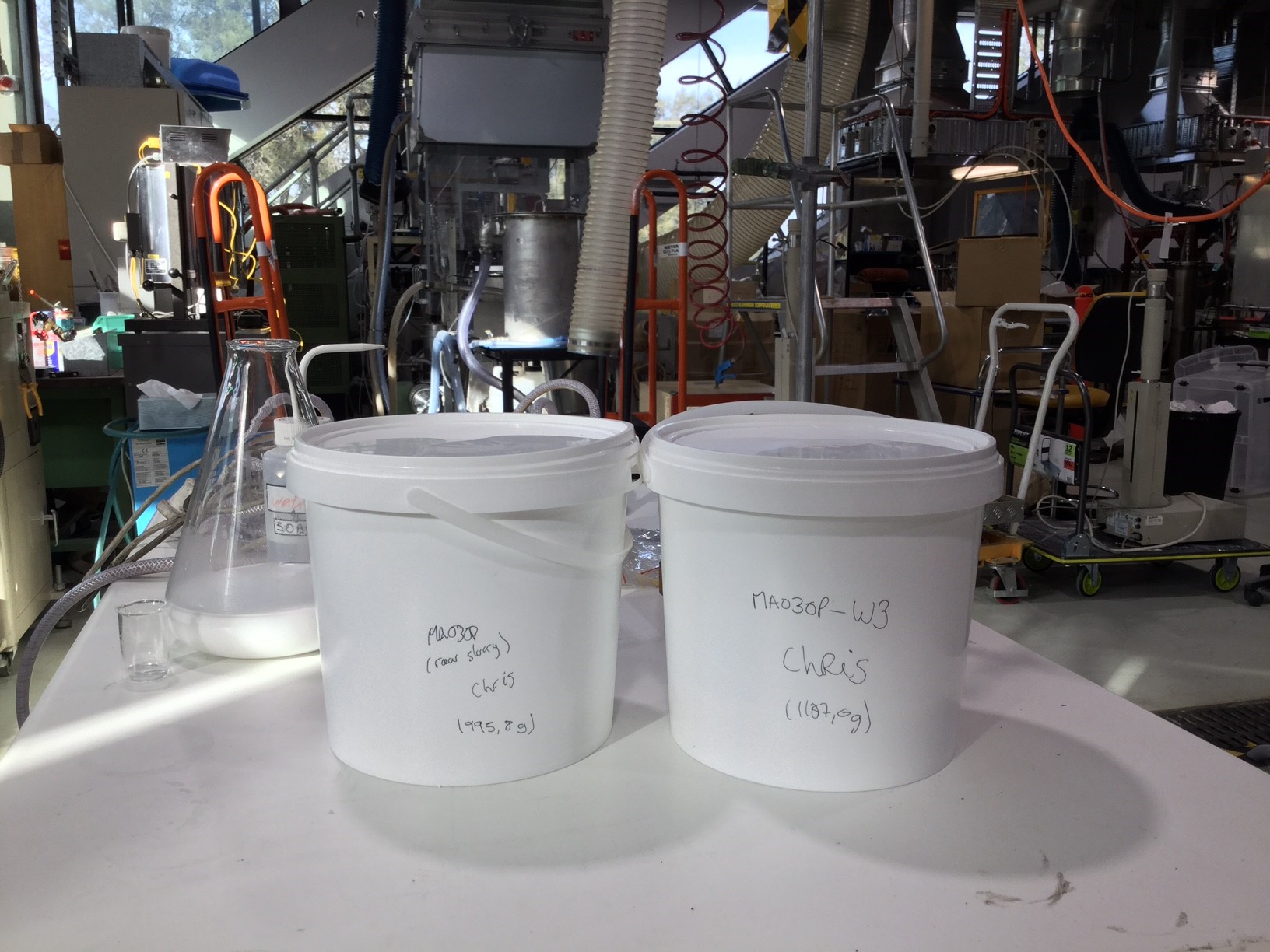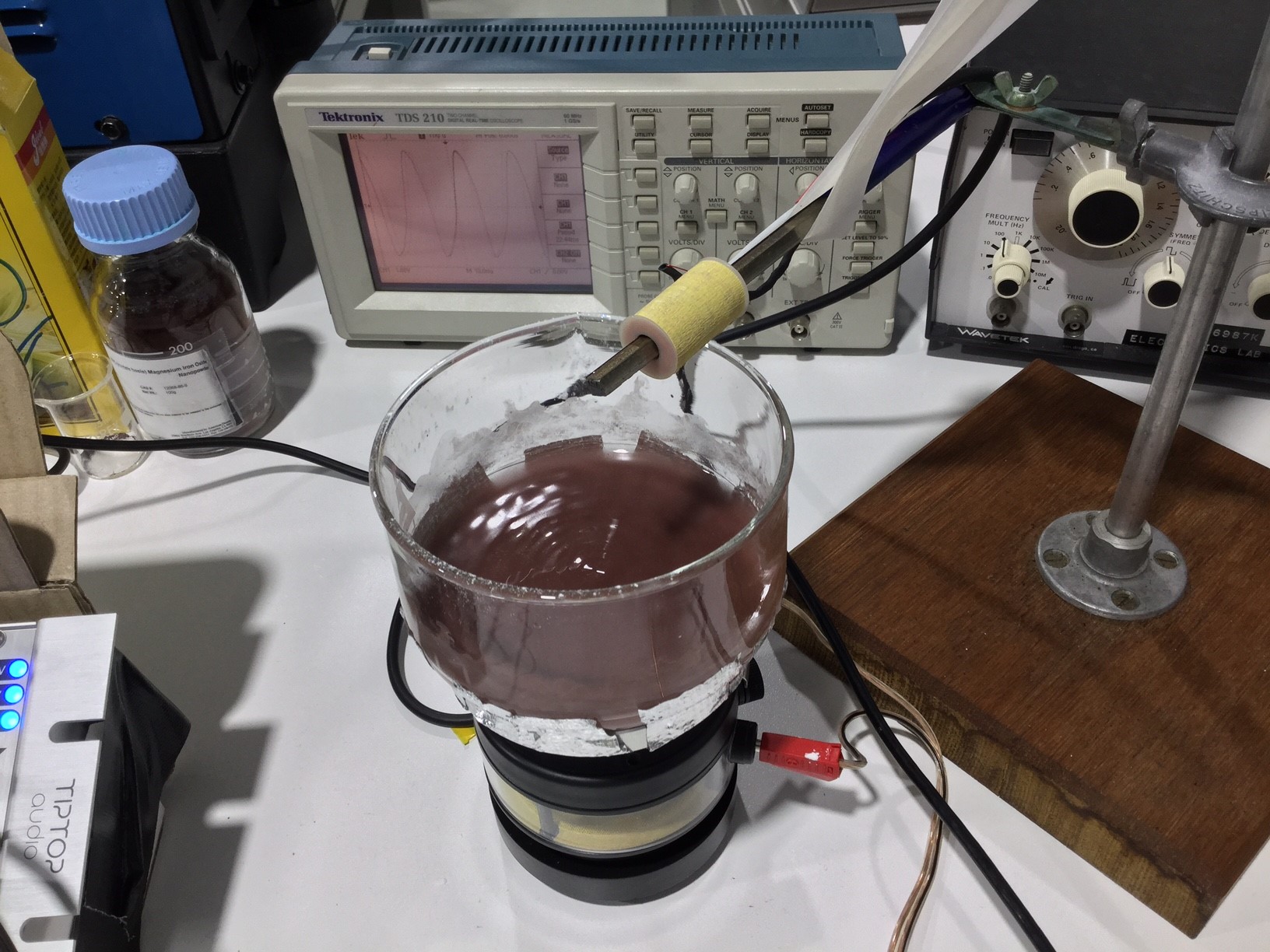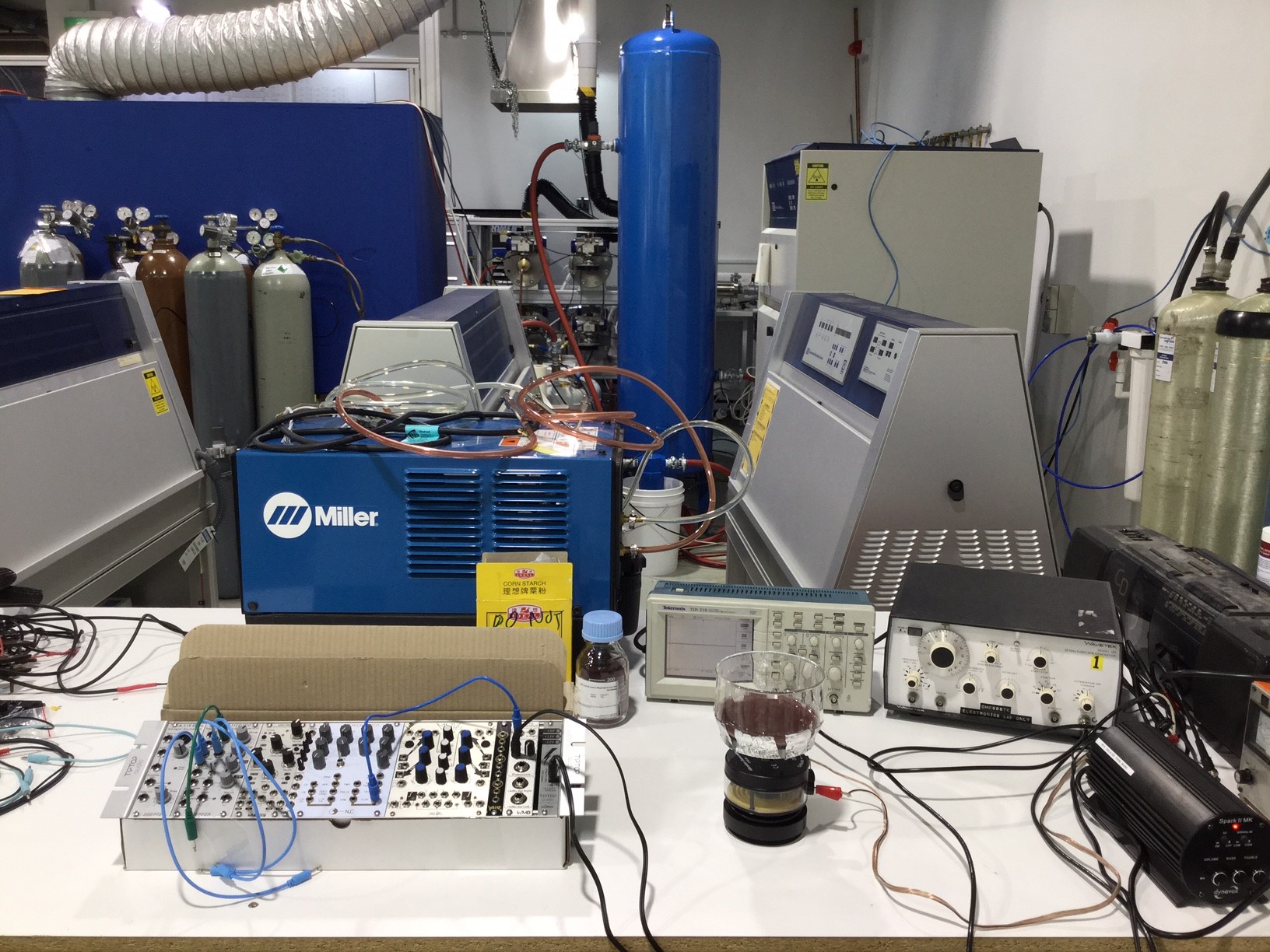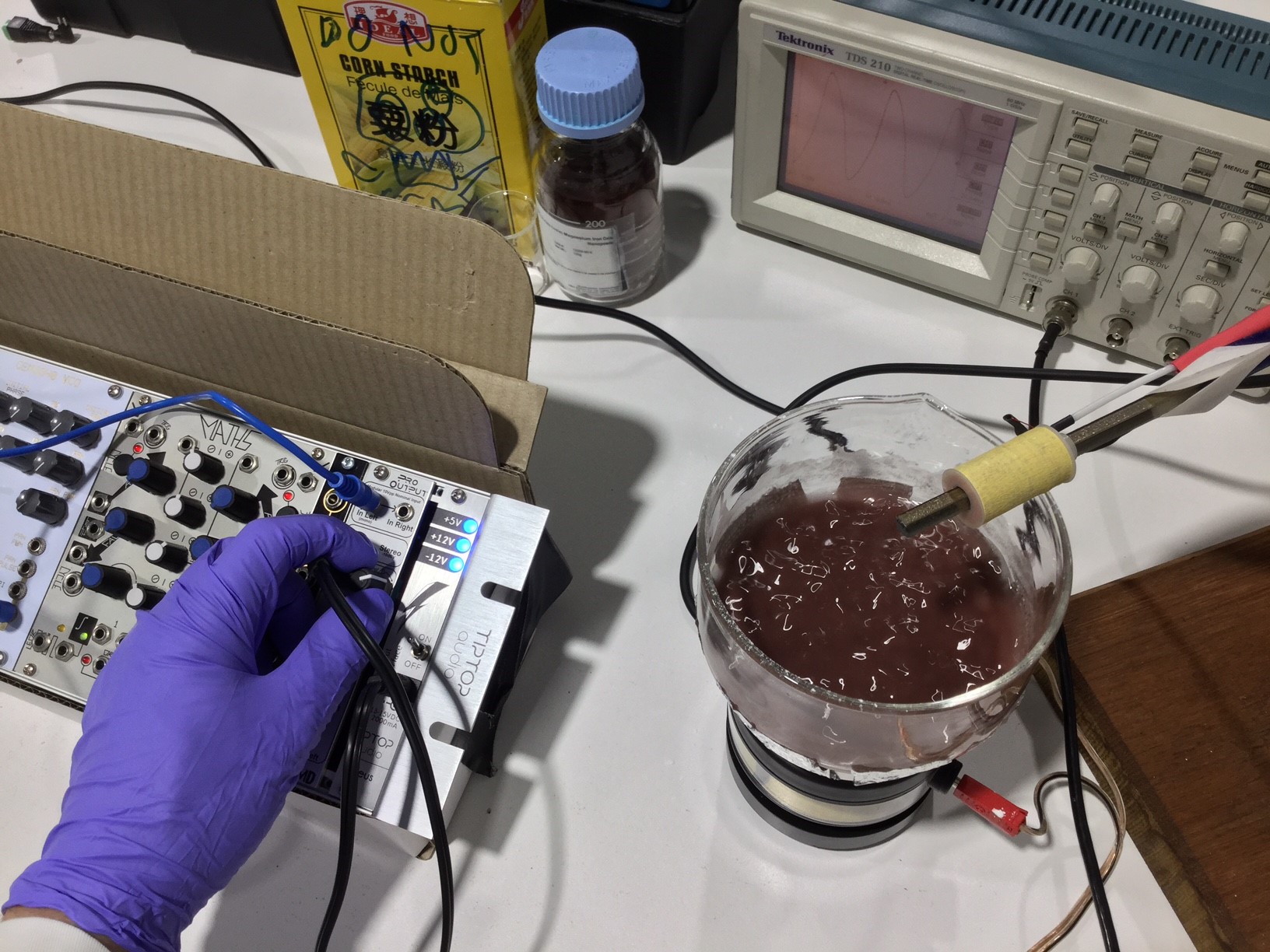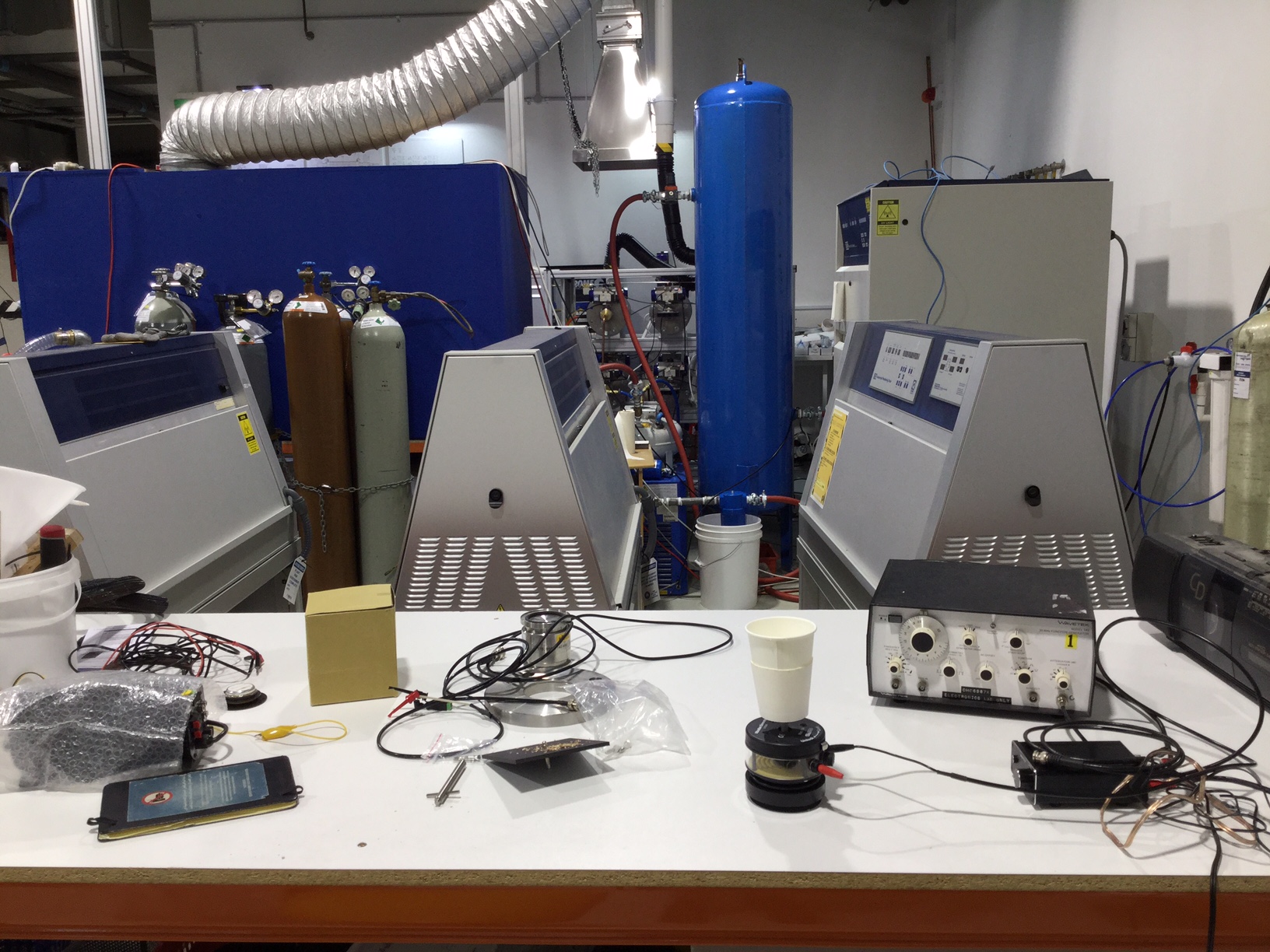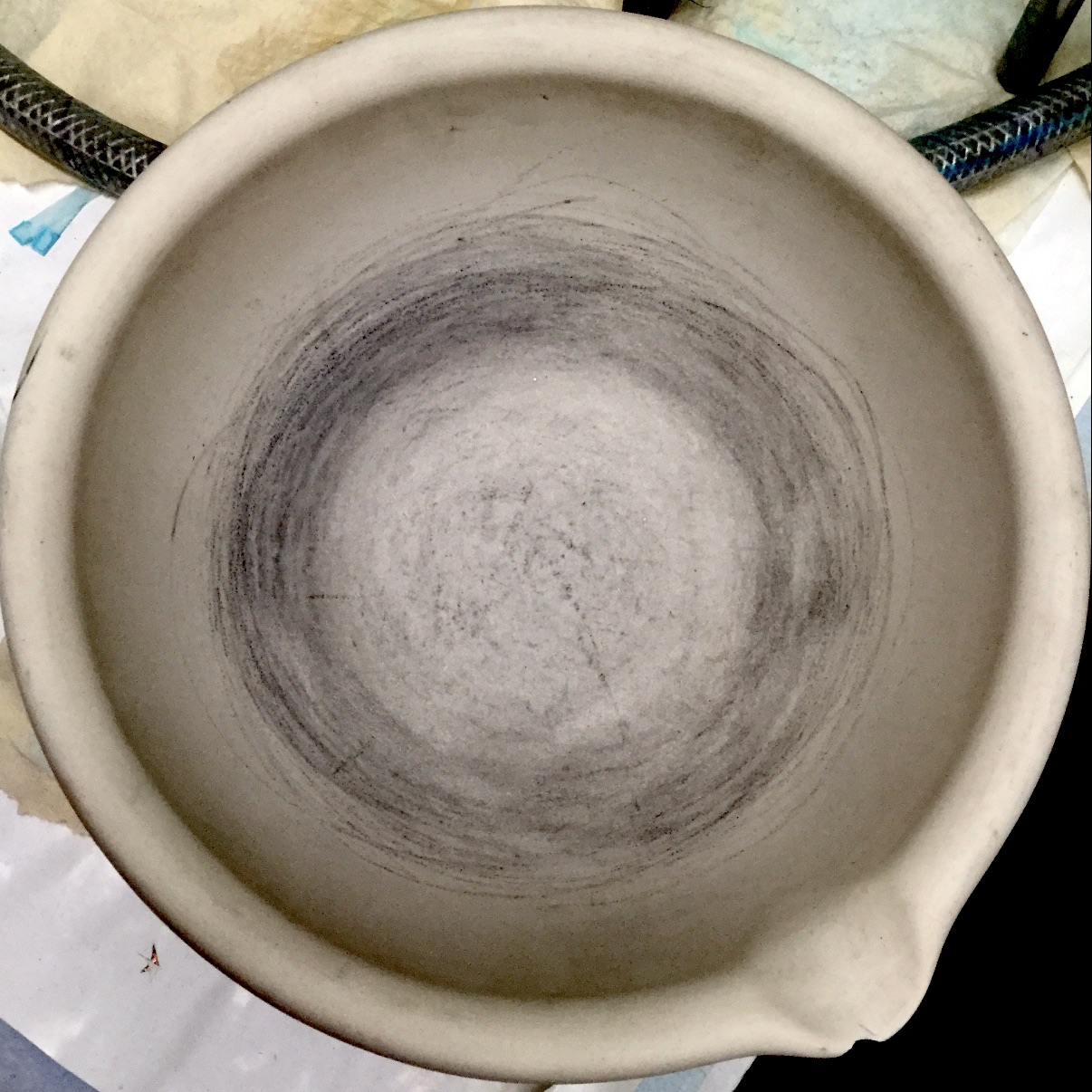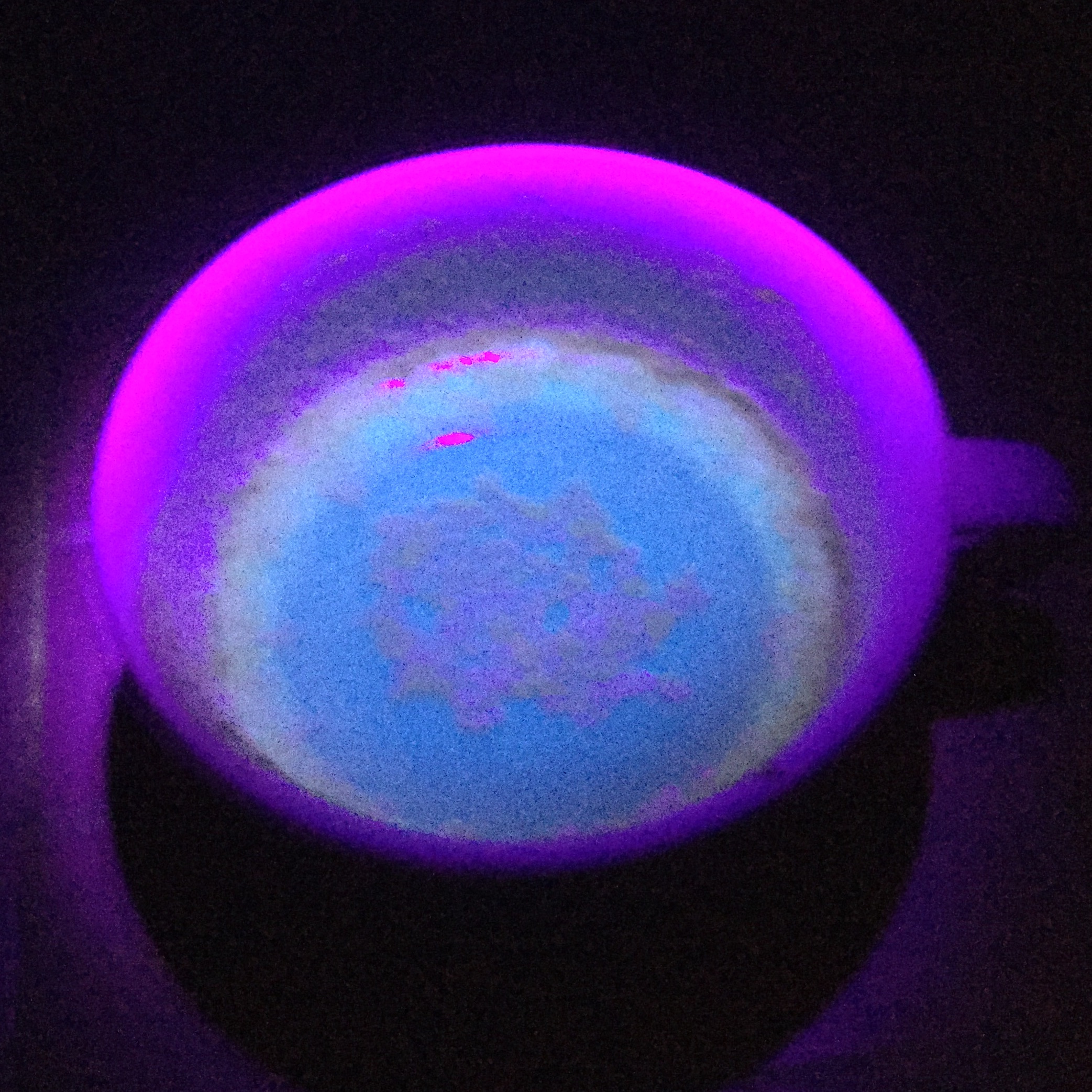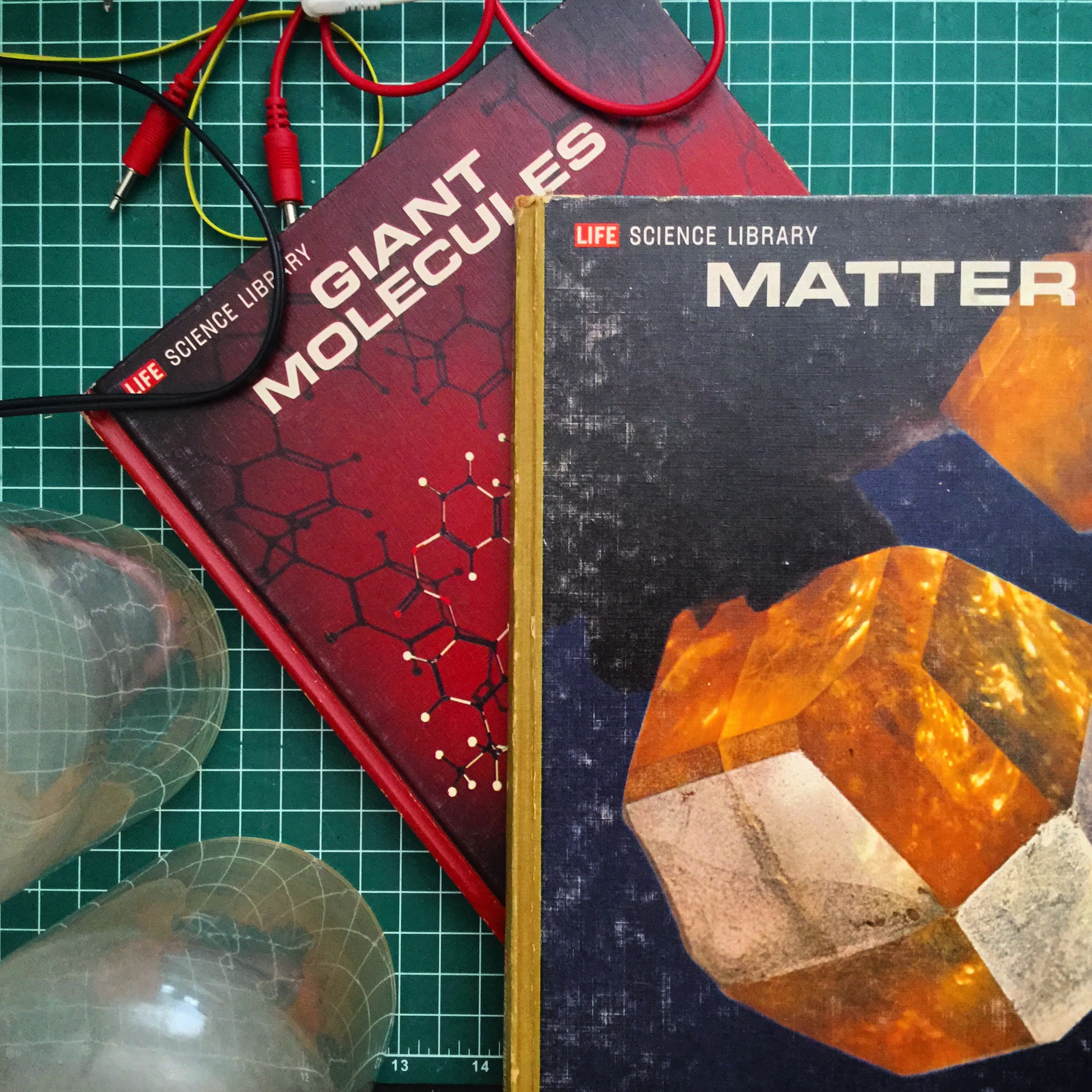Today is Mayday, the traditional celebration of anarchism in all it’s unfettered possibility! So it seems fitting to bring into play my favourite method of doing science, based upon the radical empirical principle of Dadaist physicist and anarchist philosopher Paul Feyerabend: “Anything goes”
Meanwhile, my other experiment with megasonics did amazingly actually work! Once I got that bloody metal disk we sonicated the F out of the Manganese MOF and, as it works on the atomic scale, we couldn’t see shit happening, but this morning the MOF had separated, therefore, as my scientist colleague said, the experiment was actually working! Third time lucky bucket!! (postscript – i later found, using my induction coil to test it’s EM field, that it doesn’t actually work at all!)
Thus I am mixing cornflour with ferromagnetic nanoparticles to “synthesize” the hard to get Manganese MOF 74, while I pester the overtly OH&S obsessed keeper of this virile yet toxic material to get my (protected) hands on the real stuff. Using a sensitive induction coil to pick up electroacoustic vibrations in the liquid creates some kind of non-Newtonian-ferric-fluidic-electromagnetic-audio-visual feedback loop, done in a way that is delightfully anarchistic and almost, but not quite, completely unscientific!
And it works!!!

